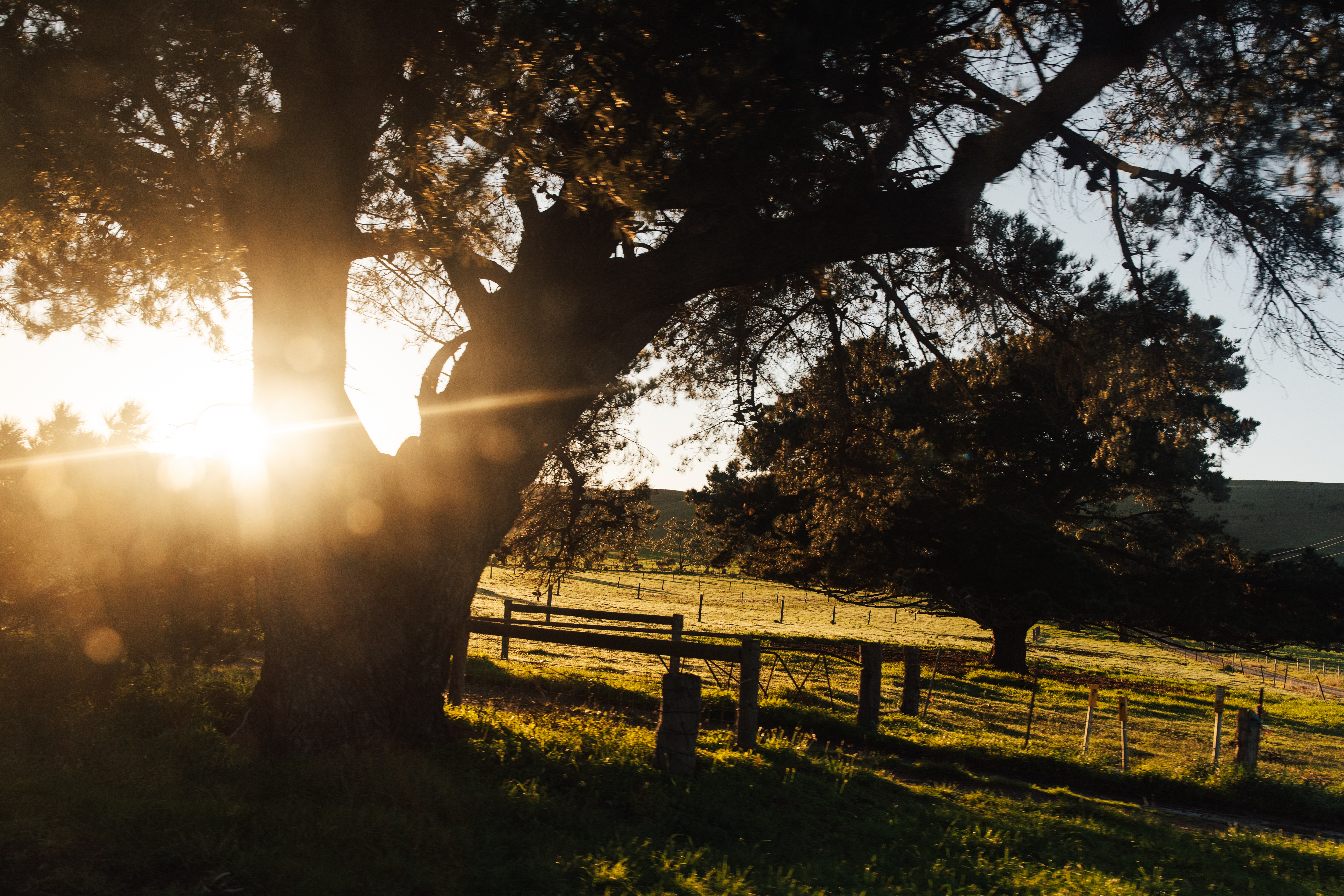
Sheep industry starts work on new blueprint
THE South Australian sheep industry has just started work on a plan to drive profitability, innovation and sustainability for the whole industry value chain.
The SA Sheep Industry Blueprint is an initiative of Livestock SA and the SA Sheep Advisory Group. It started in February when more than 50 SA sheep industry stakeholders and decision‐makers met at a workshop to scope the plan and identify key areas for the industry’s growth and development.
This initial direction has been taken on by a Blueprint Working Group of 15 members representing the entire sheep and wool industry. They have met twice to start work on the plan and to appoint a blueprint manager who will develop the blueprint and facilitate development of innovative industry projects to achieve the blueprint’s goals.
Producers may wonder why we need a blueprint. I think that as a farmer, you plan your day, you plan for your business’s future and you plan to prosper. The SA sheep industry should not be any different. We need a plan to grow our industry, to leverage our SA sheep levies by collaborating with other stakeholders and investors and to maintain or gain our share of South Australia’s work force.
Our industry’s continued productivity and profitability, and events such as the successful LambEx 2014 held in Adelaide, prove that even as an industry with different breeds and objectives, we can be collaborative, progressive and united. Our industry is drawing local, national and international attention and we should all be proud of what we are achieving. Our plans for growth can be formalised into an industry strategy.
We are not alone in planning for our future. The mining and energy industry in South Australia is currently reviewing its plan to 2020. Since each Australian farmer feeds 600 people – 150 at home and 450 overseas – an industry plan communicates to buyers of our products that South Australian farmers are professional and reliable food and fibre producers.
Western Australia is currently undertaking a similar process. Three years ago, their sheep industry was dwindling, to the point that there might not have been enough sheep in the state to keep numbers up to processors.
Through astute planning and liaison with government, industry and researchers, the WA planning process has boosted lambing percentages, increased flock numbers and created greater partnerships and communication between the industry’s stakeholders.
Here in South Australia, the sheep and wool industry’s farmgate value is about $680 million and growing while the whole value chain’s output is estimated to boost the state’s economy by $1.4 billion per annum.
Our vision is for a sheep, wool and lamb industry that is innovative and progressive and is delivering profit and sustainability to all in the value chain. So the blueprint will be big on the collaborative actions and tasks that will lead to outcomes for the next five years. Our goal is to increase productivity and value by 20 per cent by 2020 and through the scoping workshop, we’ve identified ways to make this happen.
The blueprint is looking to tackle key issues in a range of areas, such as biosecurity, access to capital, feedback to producers, welfare and environmental advocacy, succession planning and industry communication. Once the sheep blueprint is complete, a similar process will start to develop a plan for the cattle industry.
We want to hear from producers about the blueprint process and the aims proposed. Keep in touch with progress at www.livestocksa.org.au/pages/blueprint.php and sign up to our regular Blueprint Bulletin for regular updates.
Blueprint objectives
The scoping workshop identified five key objectives for the blueprint to address:
1. Grow the SA sheep industry’s production and value from $1.48 billion in 2015 to $1.8 billion in 2020 while maintaining international competitiveness.
2. Develop a united value chain workforce plan from 2015 to 2020 that attracts new and energetic people to the industry.
3. Support a 20 percent increase in the engagement of quality consultants and advisers with increased use of business decision‐support tools.
4. Act as a conduit for greater research, development and extension collaboration along the value chain at the regional, state and national level and develop a measure of greater adoption and uptake.
5. Develop a proactive and progressive industry communication plan that, through advocacy and champions, gives greater consumer confidence to increase their demand and engage the whole value chain.
